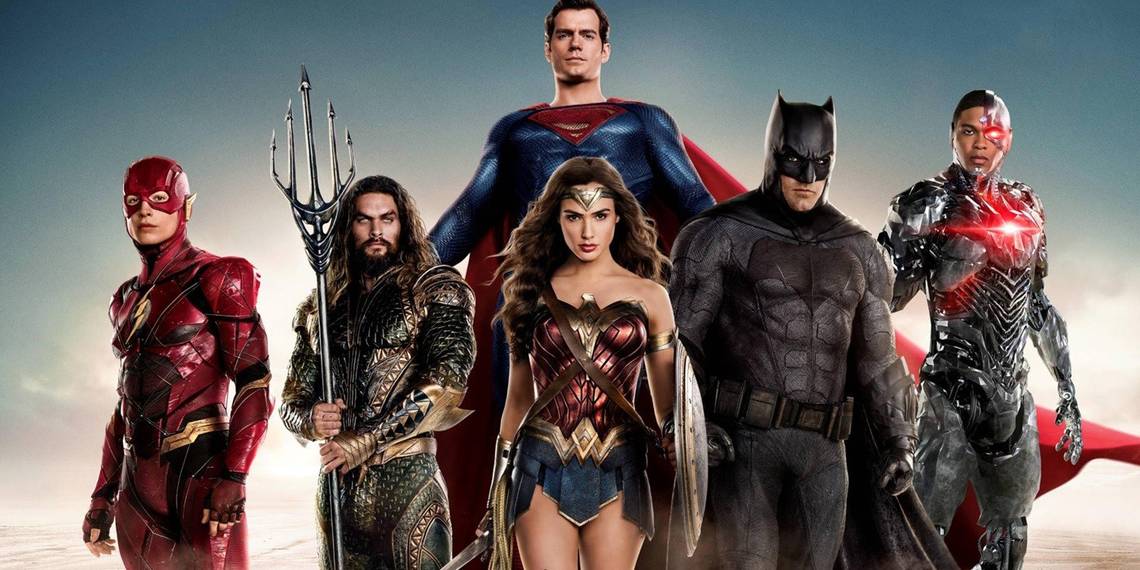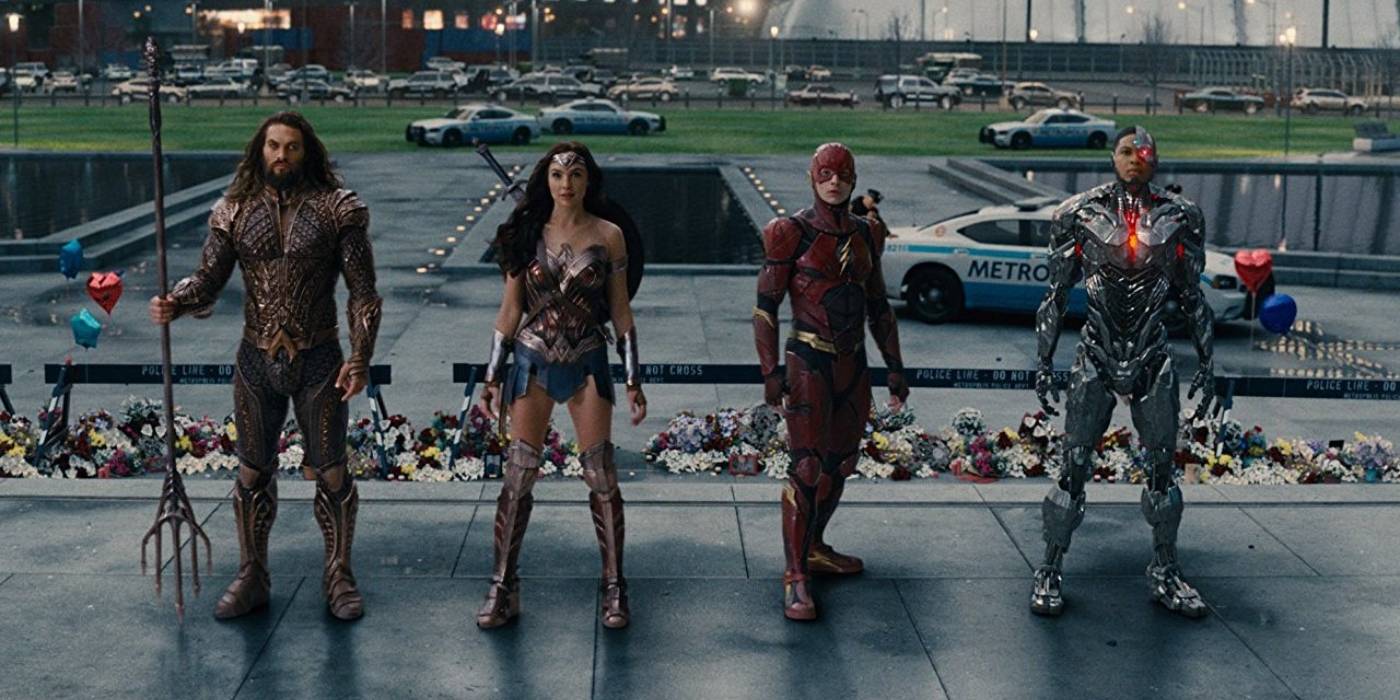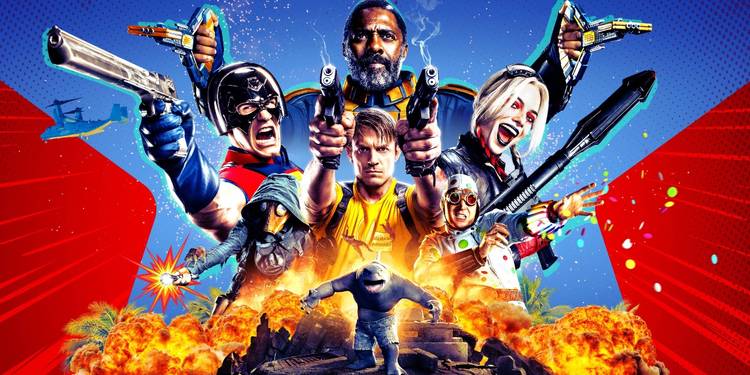DCEU
DCEU: Failures and Missteps

The DCEU, now defunct, faces scrutiny as fans reflect on its shortcomings over its decade-long superhero journey before the upcoming relaunch into the DCU.
While the DCEU is no more, it will live on in James Gunn’s new DCU plans, which include a slate of films like “Superman: Legacy,” “Brave and the Bold” (a new Batman film), and various Max streaming series such as “Paradise Lost” (a Wonder Woman prequel series) and “Lanterns” (a Green Lantern focused series). However, the original DCEU, which commenced with “Man of Steel” in 2013, concluded abruptly in 2023 with a string of box office disappointments including “Shazam! Fury of the Gods,” “The Flash,” and “Aquaman and the Lost Kingdom.”
Despite boasting some of the most iconic superheroes in the world, the DCEU faced numerous challenges that prevented it from reaching the heights of the Marvel Cinematic Universe. Rushing to catch up with Marvel’s already established cinematic universe proved to be a pivotal misstep. Unlike Marvel’s gradual buildup of solo films before culminating in “The Avengers,” DC introduced multiple new characters in “Batman V Superman: Dawn of Justice,” placing undue pressure on “Justice League” to introduce even more heroes while tackling a massive plot.

Rocky creative decisions plagued the DCEU from the start. Despite enlisting Christopher Nolan and David Goyer to reboot the Superman franchise with “Man of Steel,” the tonal mismatch between Batman and Superman was evident. The studio’s reliance on Zack Snyder, despite his divisive creative vision, further exacerbated the franchise’s issues. The controversial decision to have Superman kill General Zod in “Man of Steel” set a contentious tone early on.
Moreover, inconsistent release schedules hindered the DCEU’s momentum. While Marvel maintained a steady flow of releases, DC’s sporadic film releases created a disjointed universe and failed to sustain audience anticipation. Even when plans seemed cohesive, as evidenced by the lineup of films leading up to 2023, execution faltered, resulting in delayed sequels and missed opportunities to capitalize on the franchise’s success.
The lack of proper character connections further weakened the DCEU’s narrative cohesion. Unlike Marvel’s interconnected universe, where cameos and references enriched the storytelling, DC struggled to integrate its characters seamlessly. Films like “Birds of Prey” and “Black Adam” felt disconnected from the wider universe, while missed opportunities to feature major cameos or references, as seen in “Wonder Woman 1984,” further underscored the franchise’s disjointedness.

Behind-the-scenes turmoil and a lack of clear leadership at Warner Bros. exacerbated the DCEU’s woes. Despite early signs of trouble, including the mixed reception of “Man of Steel,” Warner Bros. failed to course-correct effectively. Panicked reactions, including the costly decision to rework “Justice League” after Snyder’s departure, only exacerbated audience disillusionment.
Moving forward, James Gunn’s leadership offers hope for the DCU’s redemption. As superhero fatigue looms and audience expectations evolve, a revitalized approach may be just what the genre needs. While the DCEU’s legacy is marred by missteps and missed opportunities, a newly remodeled DCU under Gunn’s guidance holds promise for the future.
We bring out some of the most well-known DCEU collection, all of which are available at reasonable costs. Visit our link now if you are interested in the DCEU collection


Starfire, Raven, Beast Boy, Deathstroke, Robin
